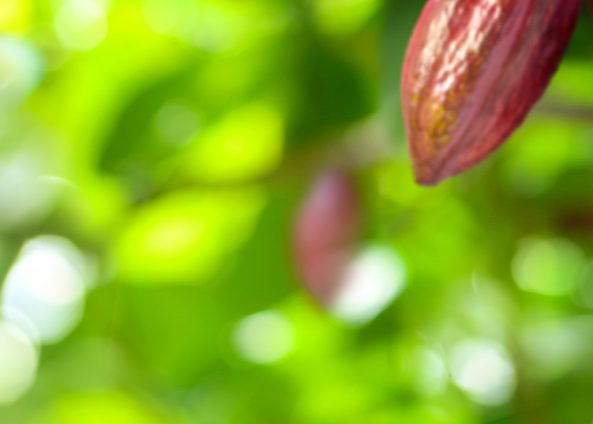
Integrated Pest Management (IPM) in Almond Orchards
Importance of IPM in Almonds
Integrated Pest Management (IPM) is a comprehensive strategy that aims to manage pests while minimizing the environmental and economic impact of pest control practices. In almond orchards, IPM is particularly crucial due to the complex interplay of various pests, diseases, and environmental factors.
Key benefits of IPM in almond orchards include:
- Reduced pesticide use: By emphasizing prevention, monitoring, and cultural practices, IPM helps to minimize pesticide applications, protecting beneficial insects and reducing the risk of pesticide resistance.
- Environmental protection: IPM promotes sustainable agriculture by conserving natural resources and reducing the impact on the environment.
- Economic benefits: By preventing significant crop losses and maintaining product quality, IPM contributes to improved profitability.
- Consumer safety: IPM helps to ensure the safety of food products by reducing pesticide residues.
Implementing IPM in Almond Orchards
Effective IPM in almond orchards involves a combination of tactics:
-
- Monitoring and scouting: Regular inspection of orchards to identify pests and diseases at early stages.
- Cultural practices: Implementing orchard management techniques that reduce pest and disease pressure, such as proper sanitation, irrigation, and fertilization.
- Biological control: Utilizing natural enemies to control pests, such as beneficial insects and predators.
- Physical and mechanical control: Employing physical barriers, traps, or removal of pests to reduce populations.
- Pesticide use: Applying pesticides as a last resort and only when necessary, using the least toxic products and following label instructions.
Almonds Pests and Diseases
Common Pests:
- Navel Orangeworm (NOW): A key pest that infests almonds, causing kernel damage.
- Almond Hull Borer: This pest attacks the hull of the almond, leading to premature nut drop.
- Mites: Several mite species, such as the European red mite, can infest almond trees, causing leaf damage and reduced yield.
- Aphids: While not typically a major pest in almonds, aphid populations can build up under certain conditions.
- Leafrollers: These caterpillars can cause damage to leaves and developing fruit.
Common Diseases:
- Almond Hull Disease (AHD): A fungal disease that causes premature hull splitting and increased susceptibility to other pests and diseases.
- Brown Rot: A fungal disease that affects blossoms, shoots, and fruit, leading to premature drop.
- Powdery Mildew: A fungal disease that causes white powdery growth on leaves, shoots, and flowers, reducing photosynthesis and yield.
- Bacterial Canker: A bacterial disease that causes cankers on branches, leading to dieback and reduced tree vigor.
- Crown Gall: A bacterial disease that causes tumor-like growths on roots and crown, affecting water and nutrient uptake.
Almond Hull Rot: A Major Threat
The almond hull borer (Eurytoma amygdali) is a significant pest in almond orchards, causing substantial yield losses. The adult beetle lays eggs in the developing hull, and the larvae tunnel into the nut, consuming the kernel.
Damage Caused by Almond Hull Borer:
- Direct yield loss: The larvae feeding on the kernel results in direct yield reduction.
- Premature nut drop: Heavily infested nuts may drop prematurely, further reducing yield.
- Reduced kernel quality: Damaged kernels are often smaller and have lower quality.
- Increased susceptibility to other pests and diseases: Hull injury caused by the borer can create entry points for other pests and diseases.
Hull Borer Management Strategies
Effective management of the almond hull borer requires a combination of tactics:
- Monitoring: Regular orchard inspections to detect early infestations.
- Cultural practices: Proper orchard sanitation, including removal of mummies and infested nuts, can help reduce borer populations.
- Biological control: Utilizing natural enemies of the hull borer can help suppress populations.
- Chemical control: Targeted insecticide applications during specific phenological stages can be effective but should be used judiciously to minimize impact on beneficial insects.
Almond Hull Disease (AHD)
Almond Hull Disease (AHD) is a significant fungal disease affecting almond orchards. Caused by the fungus Botrytis cinerea, AHD results in premature hull splitting, exposing the kernel to further infection and reducing nut quality and yield.
Symptoms of AHD
- Premature hull splitting before natural dehiscence
- Kernel contamination with mold, leading to kernel discoloration and decay
- Reduced kernel size and weight
- Increased susceptibility to other pests and diseases
Management Strategies for AHD
- Cultural Practices: Proper orchard sanitation, including removal of mummies and infected fruit, can help reduce inoculum levels.
- Fungicide Applications: Timely application of fungicides can help protect the hull from infection.
- Resistant Cultivars: Planting AHD-resistant almond varieties can provide some level of protection.
Powdery Mildew in Almond Orchards
Powdery mildew is a common fungal disease affecting almond trees. It thrives in humid conditions and can reduce yield and fruit quality.
Symptoms of Powdery Mildew:
- White, powdery growth on leaves, shoots, and flowers
- Leaf distortion and curling
- Reduced photosynthesis
- Premature leaf drop
- Reduced fruit size and quality
Management Strategies for Powdery Mildew
- Fungicide Applications: Timely application of fungicides with different modes of action can help control powdery mildew.
- Resistant Cultivars: Selecting almond varieties with some level of resistance to powdery mildew can reduce disease pressure.
- Cultural Practices: Proper orchard sanitation, including removal of infected plant material, can help reduce inoculum levels.
- Pruning: Good orchard ventilation through proper pruning can help reduce humidity levels and discourage powdery mildew development.






